Inge Beck led a walk to BBOWT’s Yoesden Bank reserve near Bledlow Ridge (in the Chilterns between High Wycombe and Princes Risborough) on the morning of Saturday 20 July. It was a mild but cloudy morning. Meeting point was the Village Hall car park. After a short walk north-westwards along Chinnor Road, the route turned left and followed a narrow footpath towards the reserve. The footpath led to an area of tall scrub, where Upright Hedge-parsley, Hairy St John’s-wort, Hedge Woundwort, Nettle-leaved Bellflower, Field Scabious and Red Bartsia were all in flower. Inge led the group through a gap in the scrub and into the adjacent field which was very colourful, with a carpet of wild flowers, including purple Self Heal, pink Pyramidal Orchids, yellow and orange Common Bird’s-foot-trefoil and blue Small Scabious and Harebell. Also seen were Wild Basil, Marjoram, Greater Knapweed, Eyebright, Fairy Flax, Common Milkwort, Yellow-wort, Rough Hawkbit, Restharrow, Carline Thistle, Wild and Large Thyme, Common Rock-rose, Devil’s-bit Scabious and Salad Burnet. A number of butterflies were on the wing, including Marbled White, Meadow Brown, Gatekeeper, Small Heath and Small Skipper.
Some members of the group followed a path along the bottom of the woods in order to see several Small Teasel plants. Also seen here was a Great Green Bush-cricket, a large insect whose green colouring was an exact match of the surrounding vegetation. The walk continued into the next field, which was a recent addition to the reserve. Two rectangular areas had been scraped bare. Dark Mullein was found in one scrape and Small Toadflax was an exciting find in the other. Inge then took a small group across the valley to the Church of Saint Mary the Virgin in Radnage. It was built in the late 12th or early 13th century by the Knights Templar and is decorated with wall paintings. Inside were flower arrangements which had been made with wild flowers and grasses. One had included Bramble and Marsh Thistle amongst its components. The remaining members explored the new field. It was possible to compare Common Knapweed and Greater Knapweed; more Great Green Bush-crickets were scrambling through the vegetation and Kidney Vetch and Dwarf Thistle were added to the species tally. In the grey and cloudy conditions, the butterflies were less flighty than they would have been in sunshine. It was possible to inspect the antennae of the small orange skippers and most of them appeared to be Essex Skippers rather than Small Skippers. There were a number of Six-spot Burnet moths. A Buzzard was feeding young in a tree on the other side of the valley.
The path across the next field ran along the sloping Chalk bank of the main part of the reserve. New species added here included Hoary Ragwort, Wild Carrot, Burnet Saxifrage and Quaking Grass. Along one stretch were many spikes of orchid seed heads. Some still showed a few faded flowers of Common Spotted-orchid. Apparently earlier in the season there had also been Chalk Fragrant Orchids here. Further on, the path ran through a stretch where there were many Gentian spikes. Most of these were still in bud, but a few were already flowering. They were likely to be Autumn or Chiltern Gentians, or hybrids between the two species. One of the methods of telling the two species apart is to count the number of internodes (the sections of stem between the points at which the leaves are attached). For Autumn Gentian, the stems should have 5-9 internodes, while for Chiltern Gentians there should be 9-15 internodes. Unfortunately, all the specimens tested appeared to have the ambiguous 9 internodes, so we were still none the wiser as to their exact identity. Other members of the group also looked at the corolla length relative to the calyx on a couple of specimens with open flowers and thought one was Autumn Gentian and the other was a hybrid. With fewer than 9 internodes, they could not be pure Chiltern Gentian. A Muntjac deer was seen at the bottom of the slope and a Yellowhammer was heard. A footpath led from the far end of the reserve up to the Chinnor Road. Then, turning right, there was a short stretch of road back to the car park. Inge then showed the John Piper window in St Paul’s Church, Bledlow Ridge to some of the members.
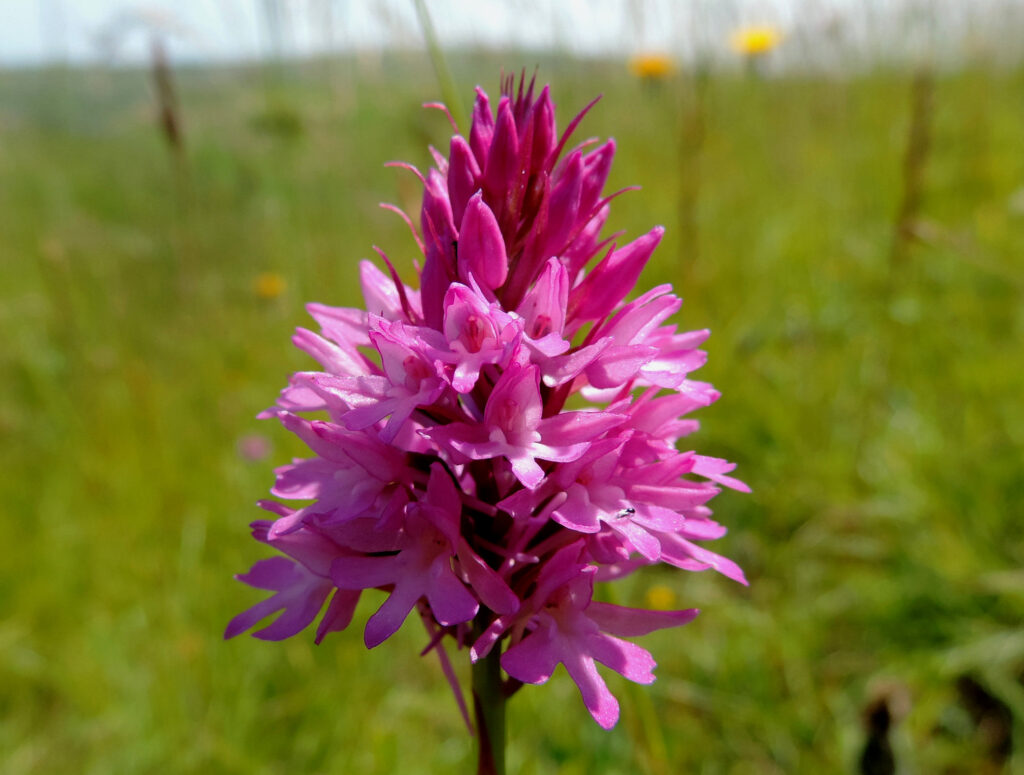
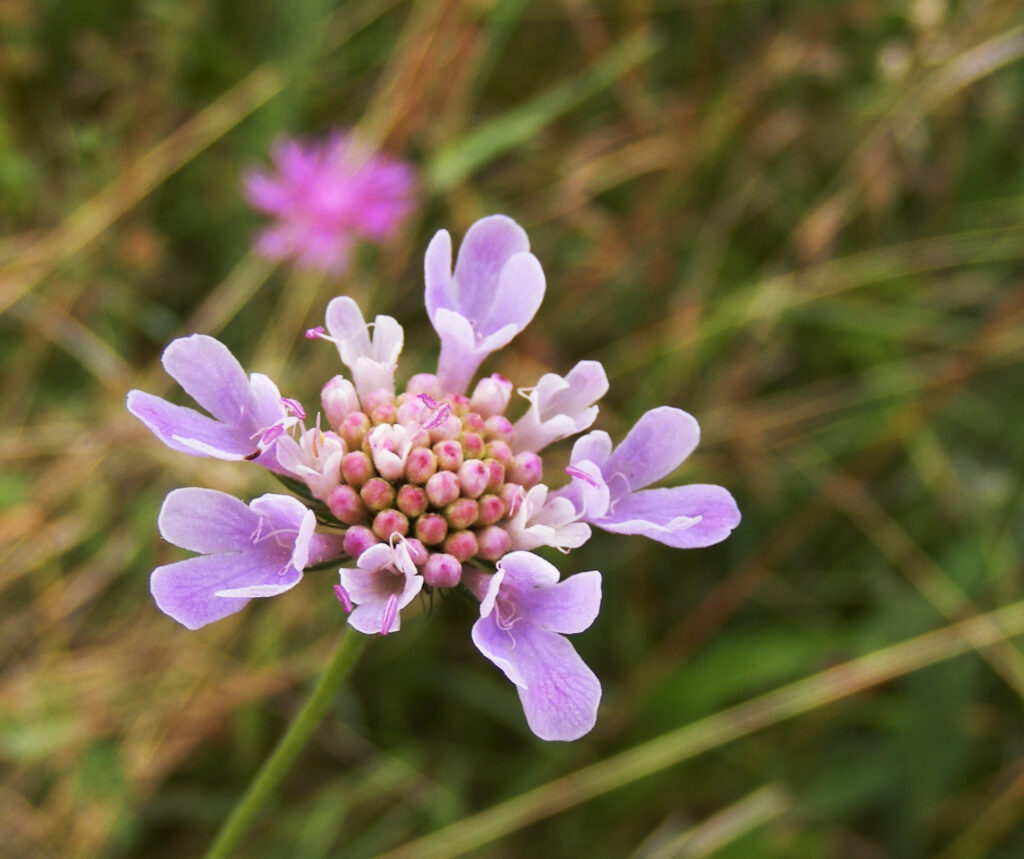
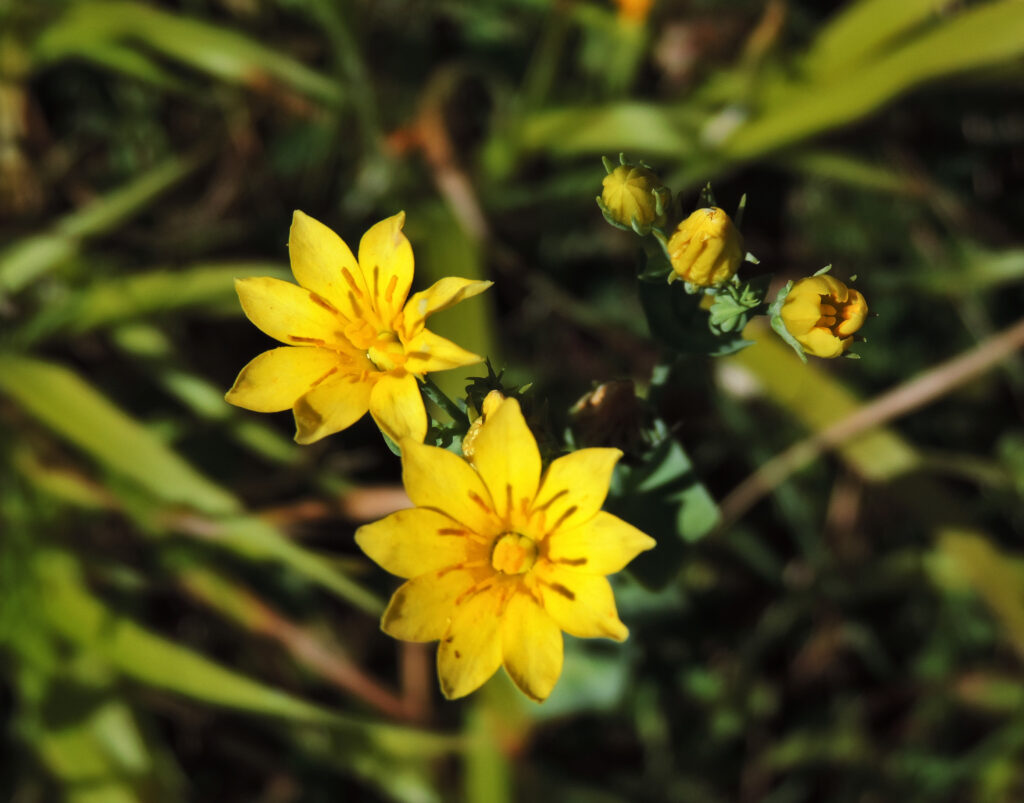
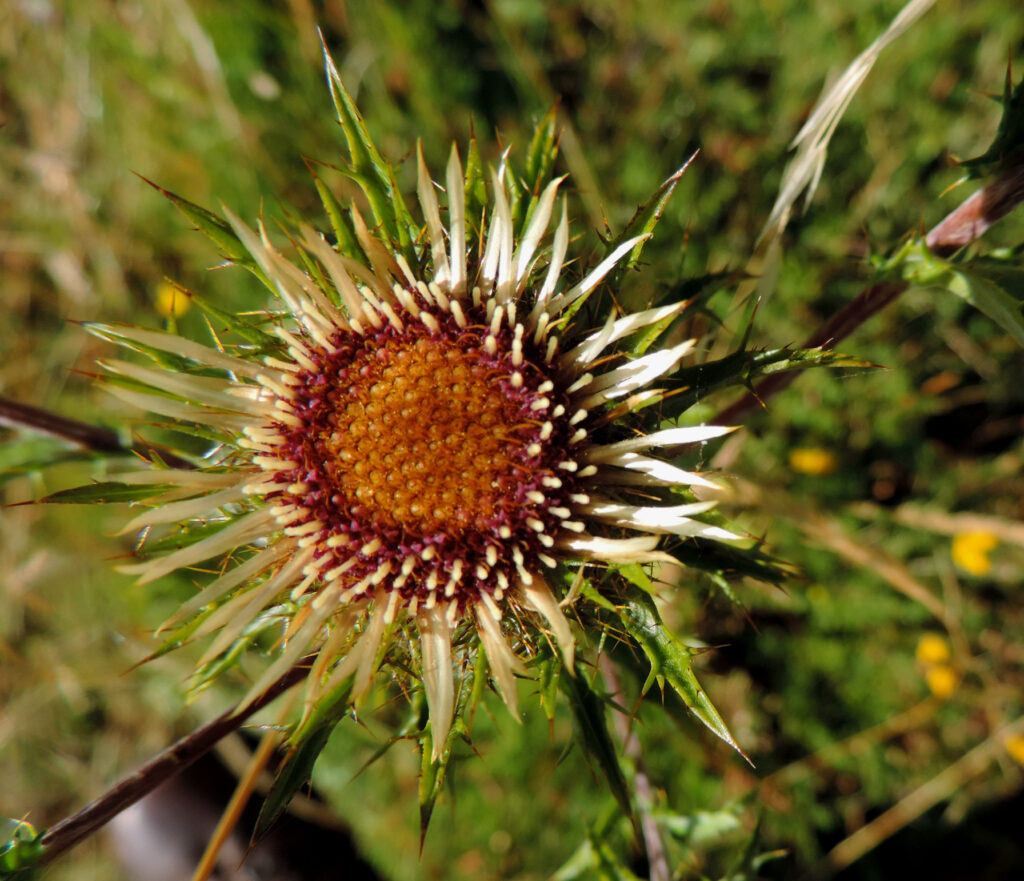
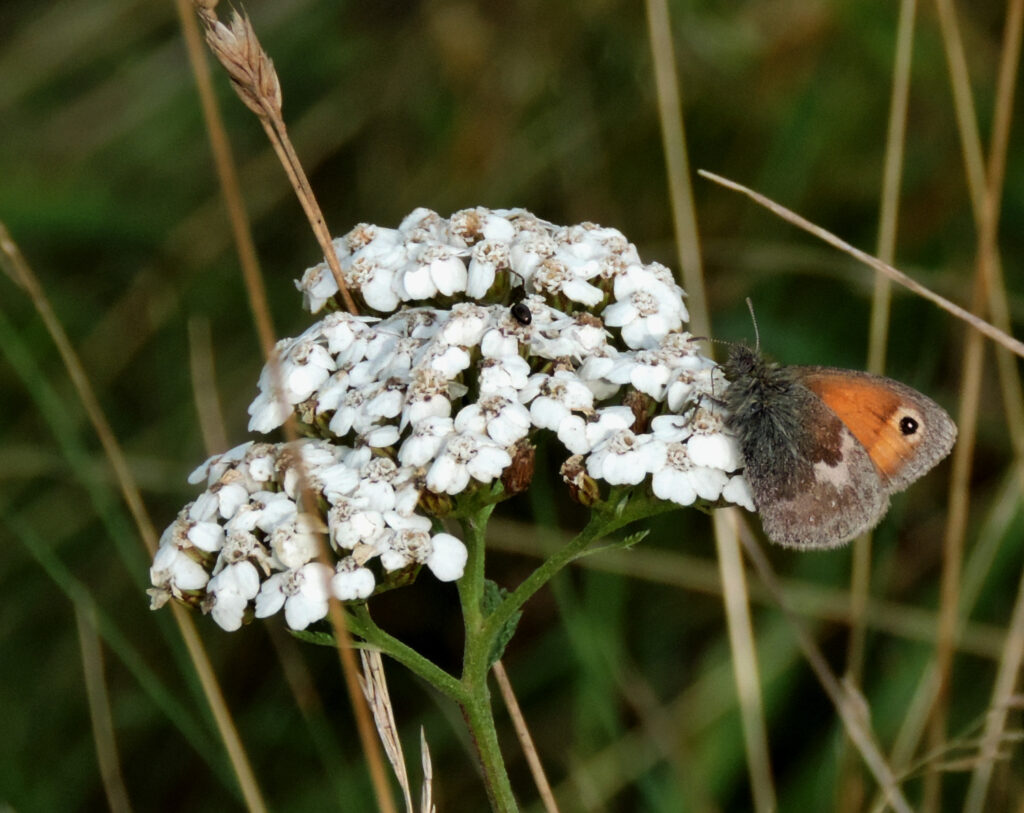
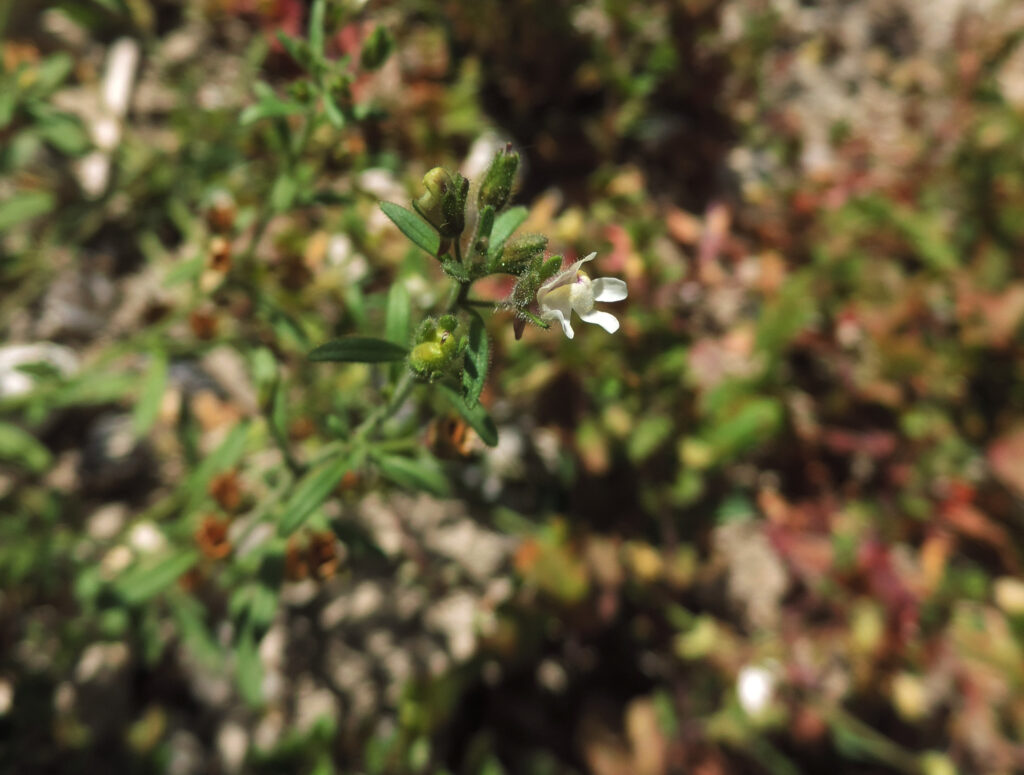
Pictures by Rob Stallard
